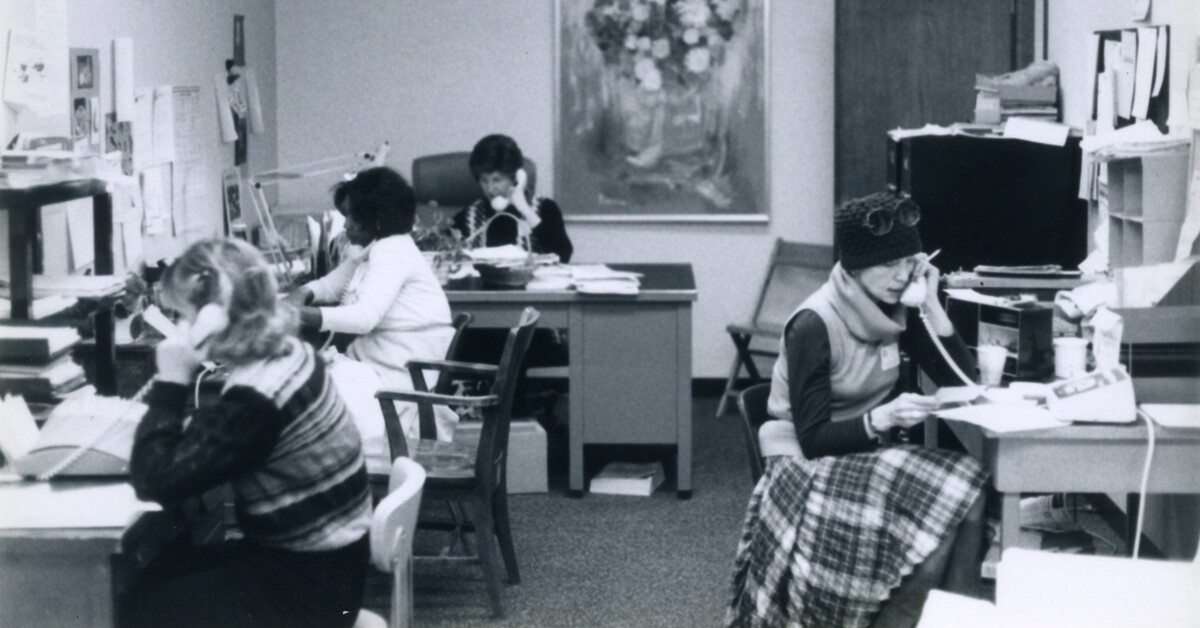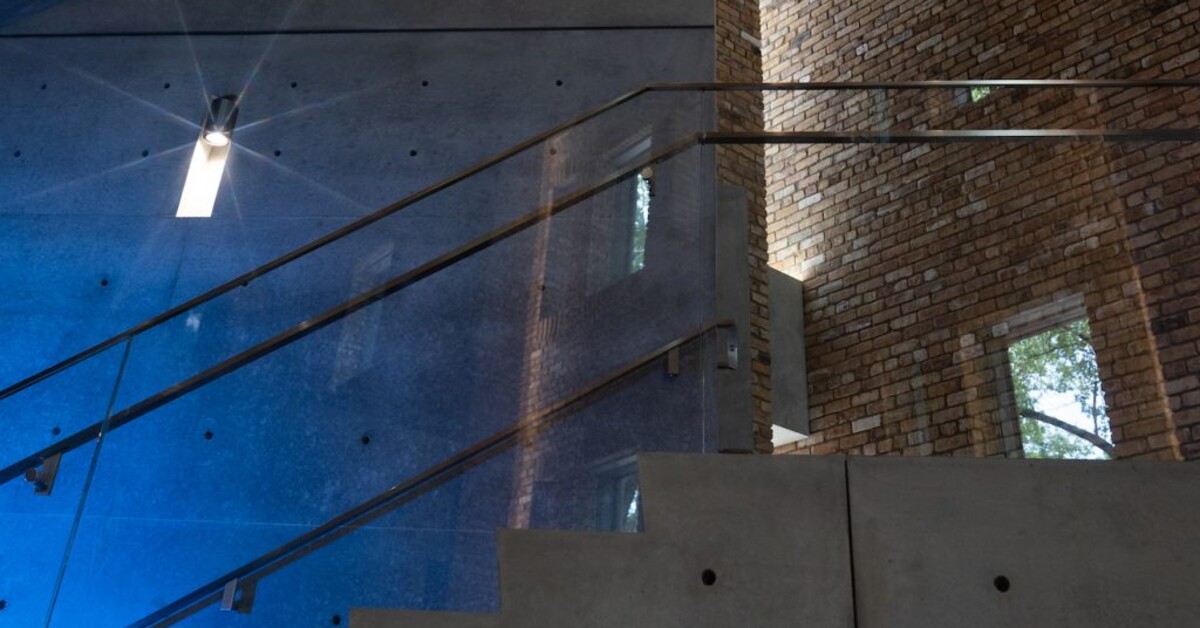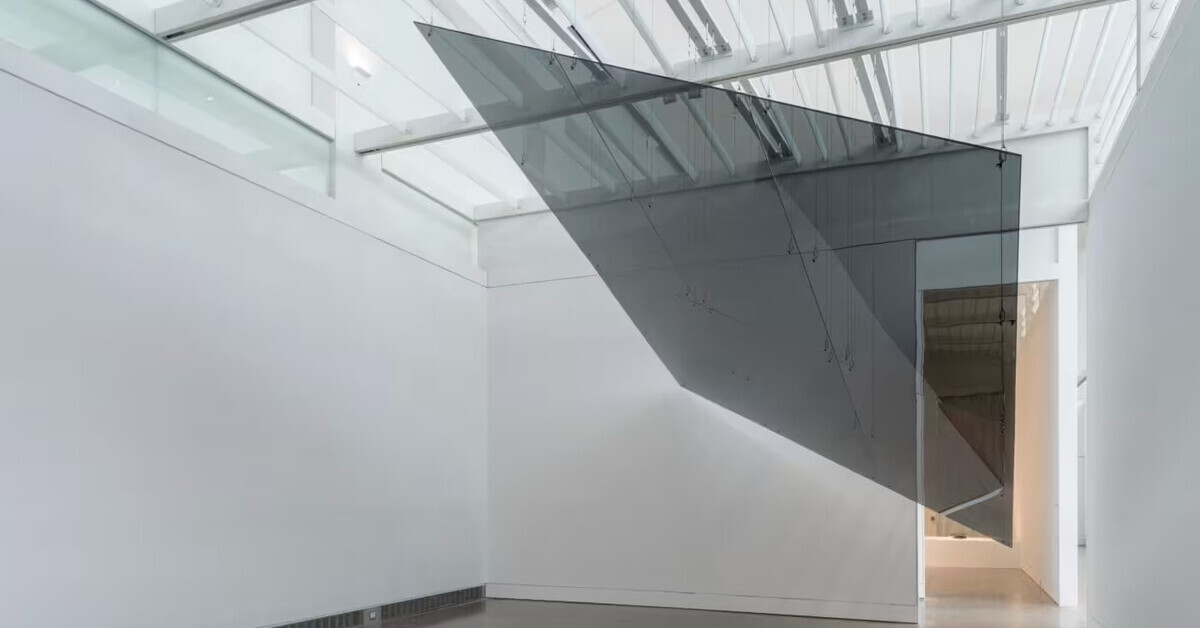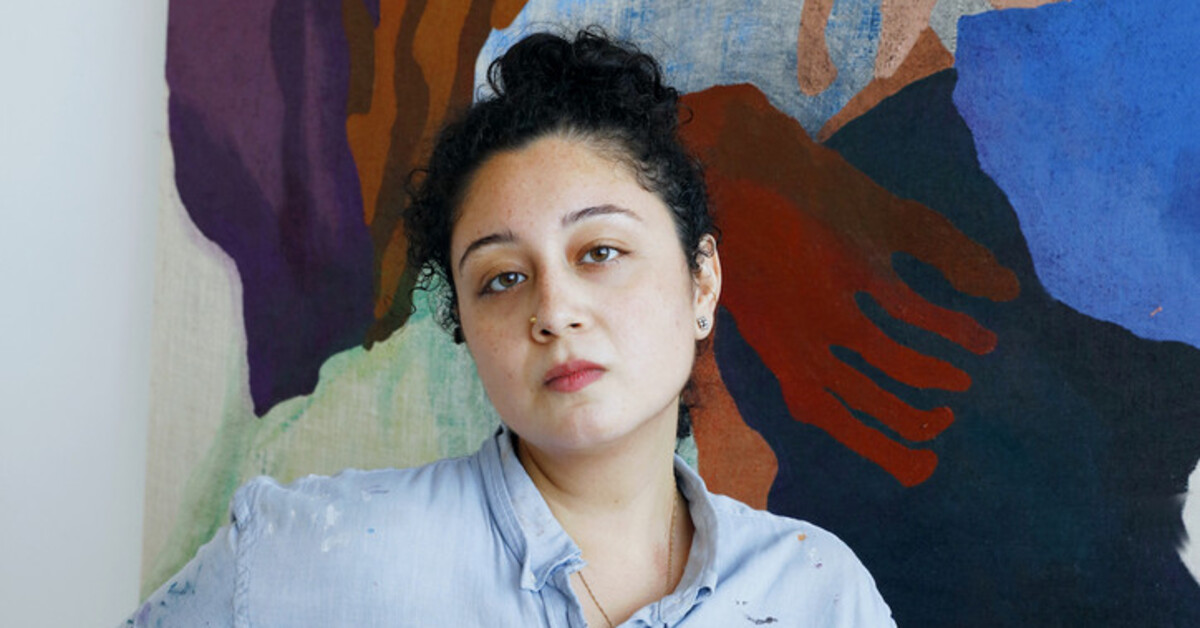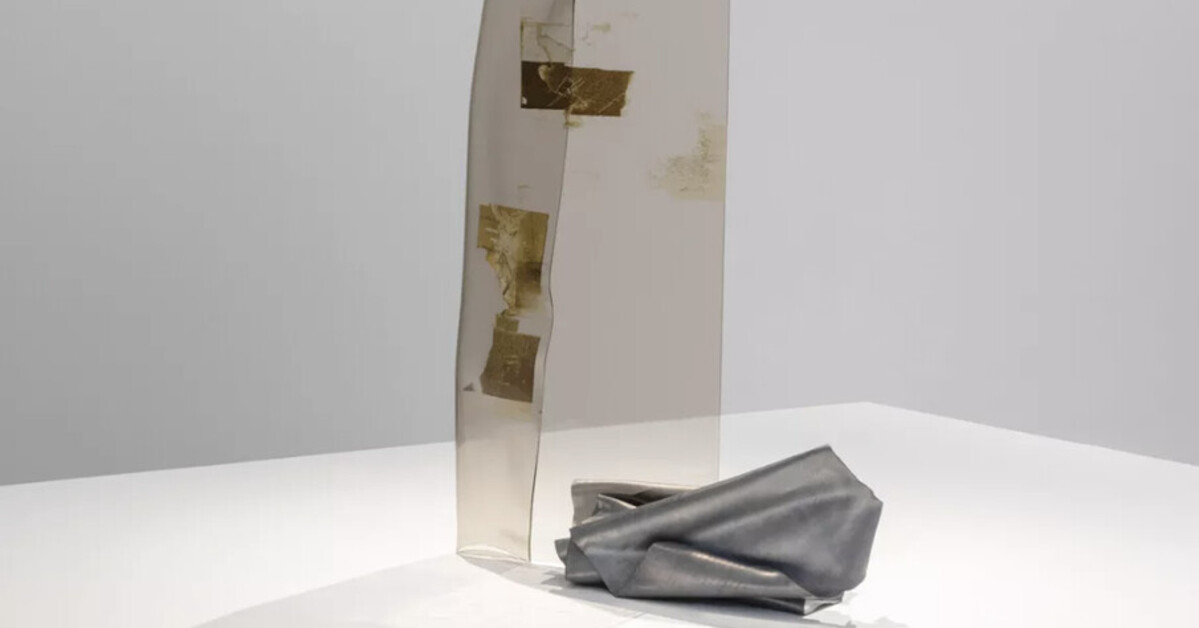The Best Booths at Frieze New York, From a Pouncing Tiger to a Meta Reflection on Consumerism
ARTnews / May 1, 2024 / by Maximilíano Durón / Go to Original
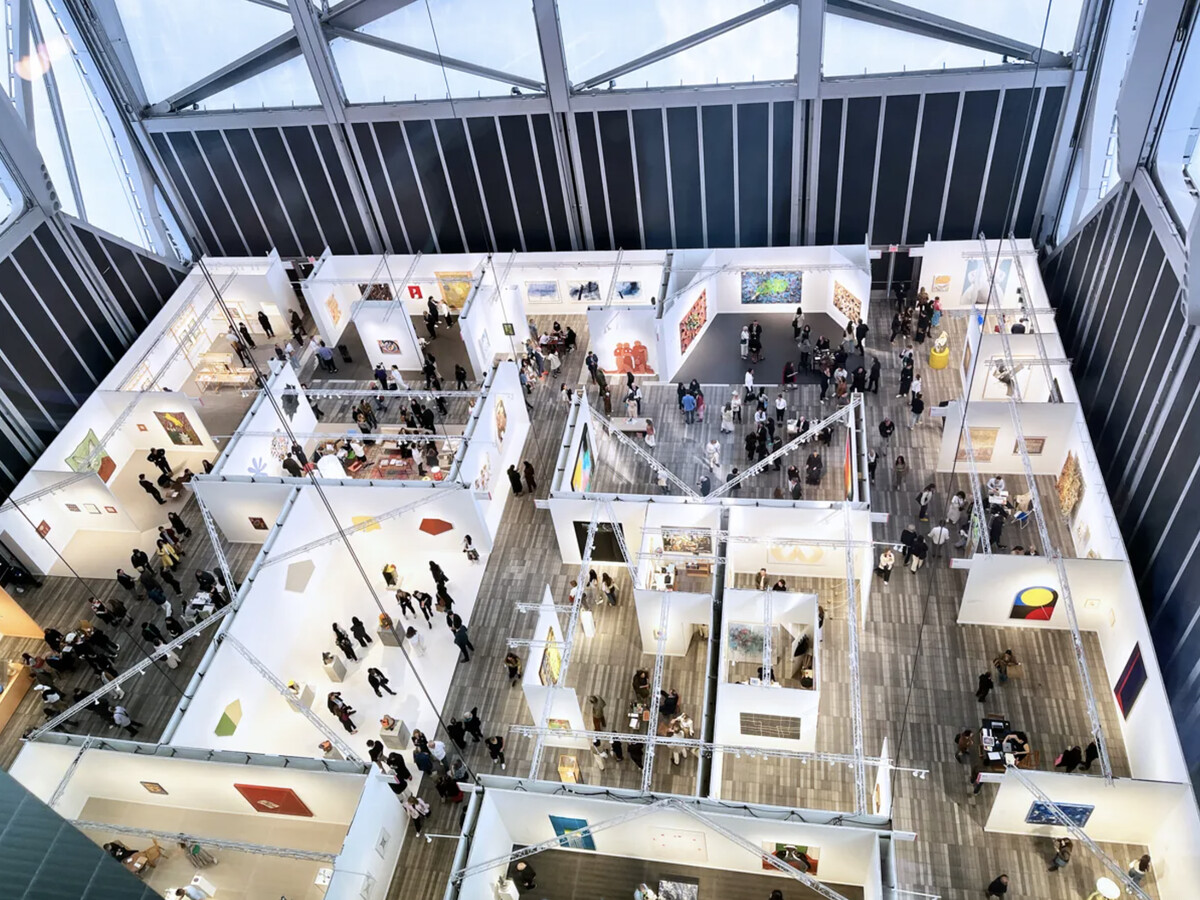
View of the 2024 edition of Frieze New York from above.; MAXIMILÍANO DURÓN/ARTNEWS
For its 12th edition, Frieze New York has once again returned to the Shed, the arts center in Hudson Yards. With 68 exhibitors, the fair, which opened to VIPs on Wednesday morning, was the first held since Frieze acquired the Armory Show, its main New York competitor. That should have lent the event some extra excitement, but the preview felt a bit subdued—perhaps due to post–Venice Biennale fatigue has now made its way across the Atlantic. Still, there was a steady stream of visitors throughout the day, and several blue-chip dealers reported strong sales.
Many exhibitors went with solo presentations—an unusual move in a fair setting, where group presentations are the norm. And some of the younger galleries, particularly the ones in the Focus section, brought more daring work than is typical for a selling event like this one.
Below, a look at the best art on offer at the 2024 edition of Frieze New York, which runs through May 5.
Haegue Yang at Kukje
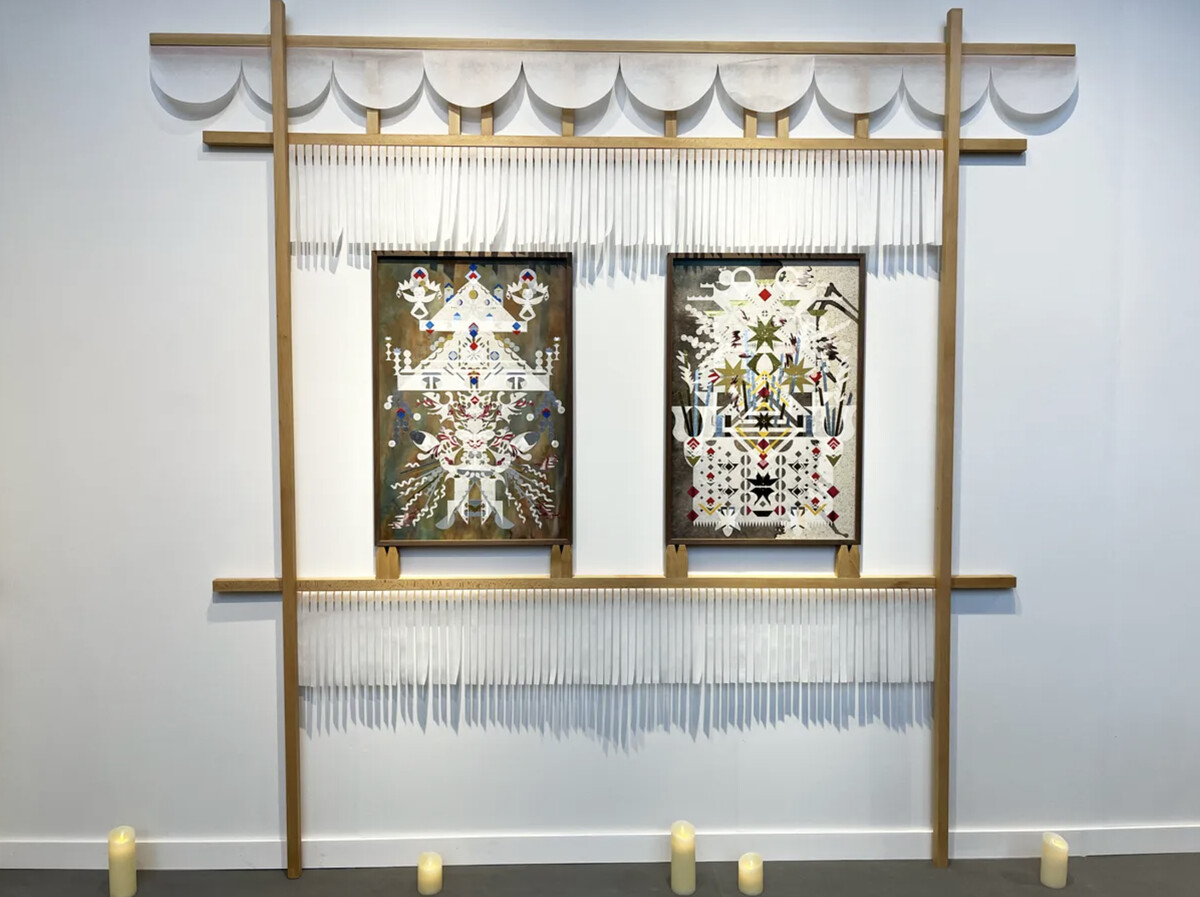
Photo : Maximilíano Durón/ARTnews
Haegue Yang’s solo presentation for Kukje is part museological display, part shamanistic altar. At the booth’s center is a vitrine that provides short histories on various paper-cutting traditions from around the world, including Korea, Japan, and Mexico. Her initial interest in these traditions stem from her research over the past two years into “the sacred dimension of hanji, traditional Korean paper derived from the inner bark of the mulberry tree,” per wall text. Her research deepened during her recent travels to Thailand ahead of her participation in the 2023 Thailand Biennale. The results of her ongoing inquiry is her “Mesmerizing Mesh” series (2021– ), a grouping of works that distill these traditions into eye-catching, semi-abstract paper collages. Here, the works are displayed on wooden structures that resemble the altars of Thailand’s Hmong people. Below each are artificial candles that appear to flicker; they induce a moment of reverence amid the chaos of this fair.
Suki Seokyeong Kang at Commonwealth and Council

Photo : Maximilíano Durón/ARTnews
Another artist dialoguing with Korean’s traditional arts is Suki Seokyeong Kang, who has on view two works that incorporate hwamunseok, woven-reed mats used to demarcate space as part of a 19th-century royal court dance. The mats are by artisans that Seokyeong Kang commissioned, and they’re embedded with pastel-hued steel enclosures that are industrially fabricated. Installed on the floor between these two works is Rove and Round–face #23-04 (2016–23), in which a found hamper hangs from a painted steel armature. Onto these hampers Seokyeong Kang has woven variously colored yarn. (Another similar one by Seokyeong Kang appears in Tina Kim’s booth.) The artist first started making works in this mode while she was in grad school at the Royal College of Art in London, where she felt isolated and homesick. The weaving became a comfort for her.
Feliciano Centurión at Ortuzar Projects
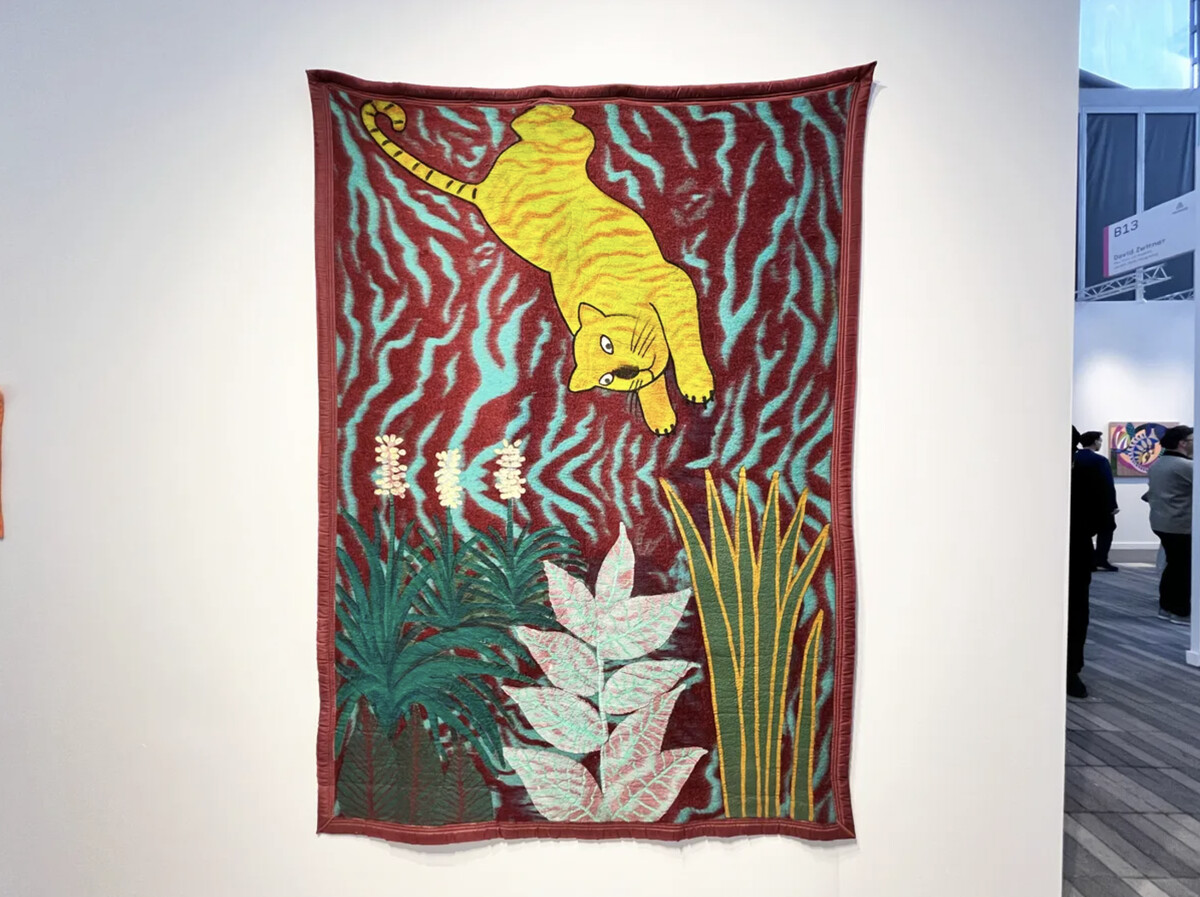
Photo : Maximilíano Durón/ARTnews
Ortuzar Projects has several examples from Feliciano Centurión’s “frazadas” series, consisting of found moving blankets onto which the artist, who died in 1996 of AIDS-related causes, painted animals and landscapes. In one, a yellow tiger floats against the blanket’s red background, seemingly ready to pounce on some flora. Another shows four sun-like orbs that appear above an otherworldly dusty mountainscape. In his work, Centurión often incorporated forms of handiwork, like embroidery, crocheting, and knitting, that have long been associated with women and that he learned from his mother. The “frazadas” enlisted those techniques as a queer gesture, questioning what really counted as a “male” form of art-making. Dealer Ales Ortuzar said he first learned about Centurión’s work at the 2018 Bienal de São Paulo; he’s readying a solo show for the artist in the fall.
Sylvie Fleury at Karma International and Sprüth Magers
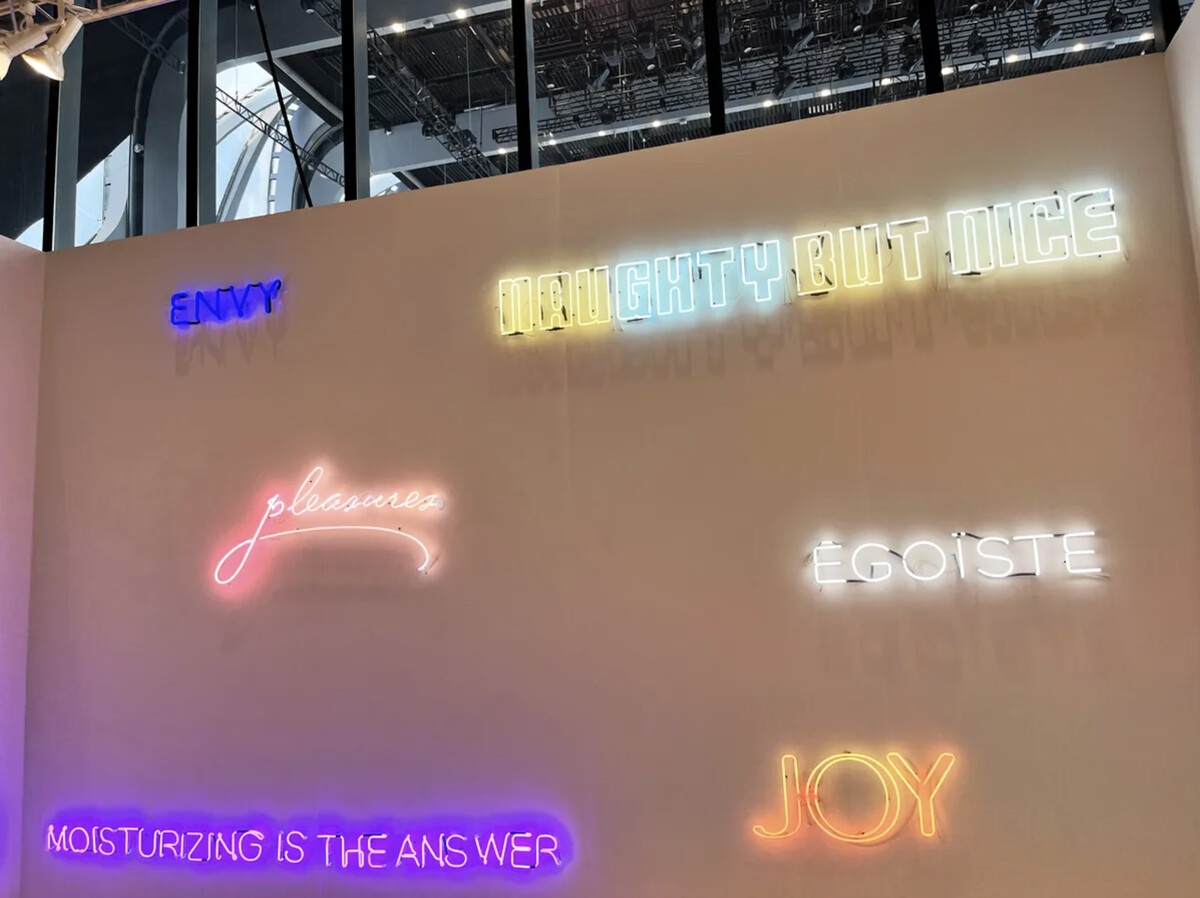
Photo : Maximilíano Durón/ARTnews
This knockout booth has a wall dedicated to several recent neon works by Sylvie Fleury, who has never before exhibited so many pieces in that style at once. Starting in the 1990s, Fleury began to rely on found text used to advertise beauty products, from simple words like “JOY” or “PLEASURES” to quippy phrases like “MOISTURIZING IS THE ANSWER” and “NAUGHTY BUT NICE.” As with much of Fleury’s work, these sculptures are about desire, underlining how consumerism creates the need to feel beautiful and wanted. Without the products they are meant to sell, these words feel eerie and somewhat foreboding. They’re made even more surreal when seen in the context of an art fair.
Davi de Jesus do Nascimento at Mitre Galeria
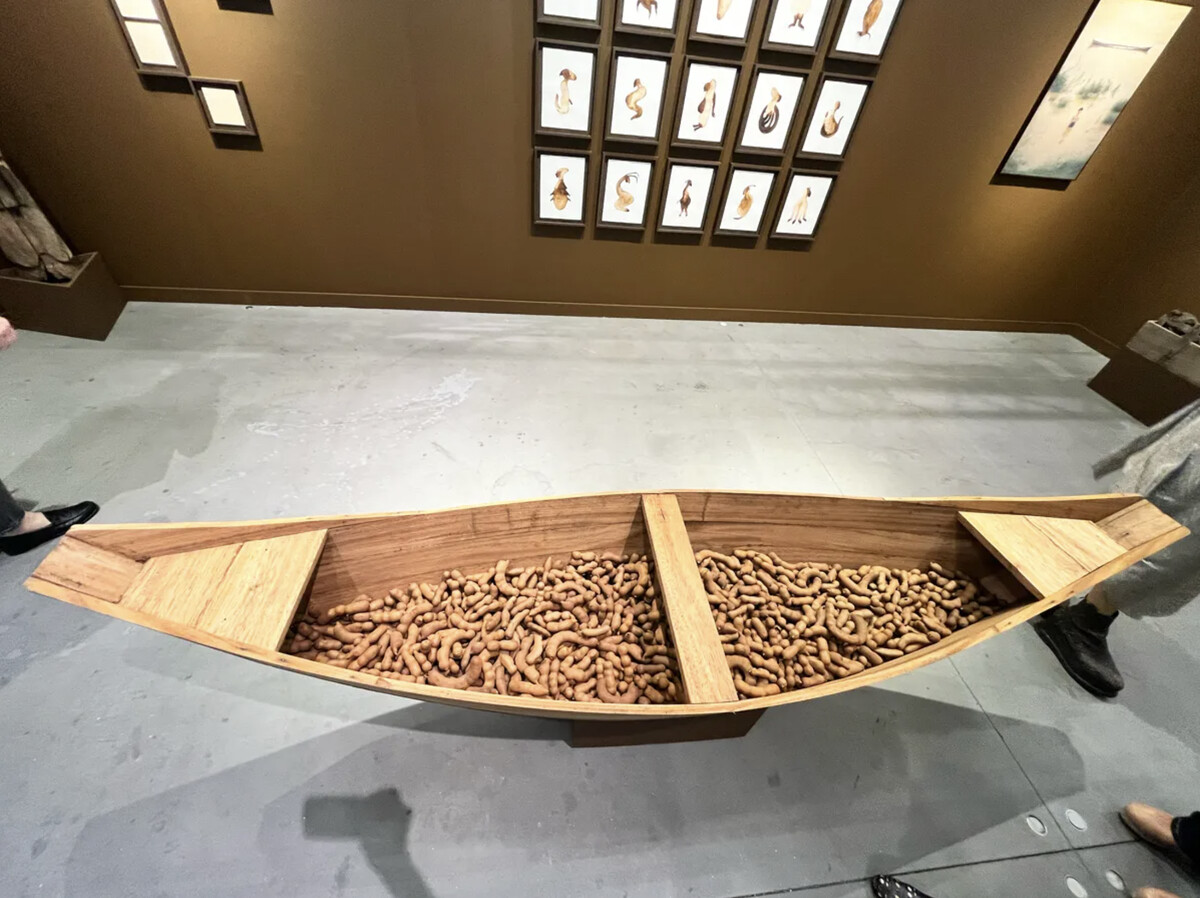
Photo : Maximilíano Durón/ARTnews
Collaboration guides through the work of Davi de Jesus do Nascimento, who comes from a family of carpenters from the São Francisco River Basin in Brazil’s Minas Gerais state. At the center of the booth is a large boat built by the artist’s father and filled with dozens of pieces of raw tamarind. On an exterior wall is a photo of the artist wrapped in a fisherman’s net; above him stands his father, who has fished the artist out of the river. The image was taken by do Nascimento’s brother. On one wall are beguiling brown drawings of imagined creatures from the depths of the São Francisco River, while another wall includes several Polaroids of the artist, onto which he has affixed insect appendages.
Charisse Pearlina Weston at Patron
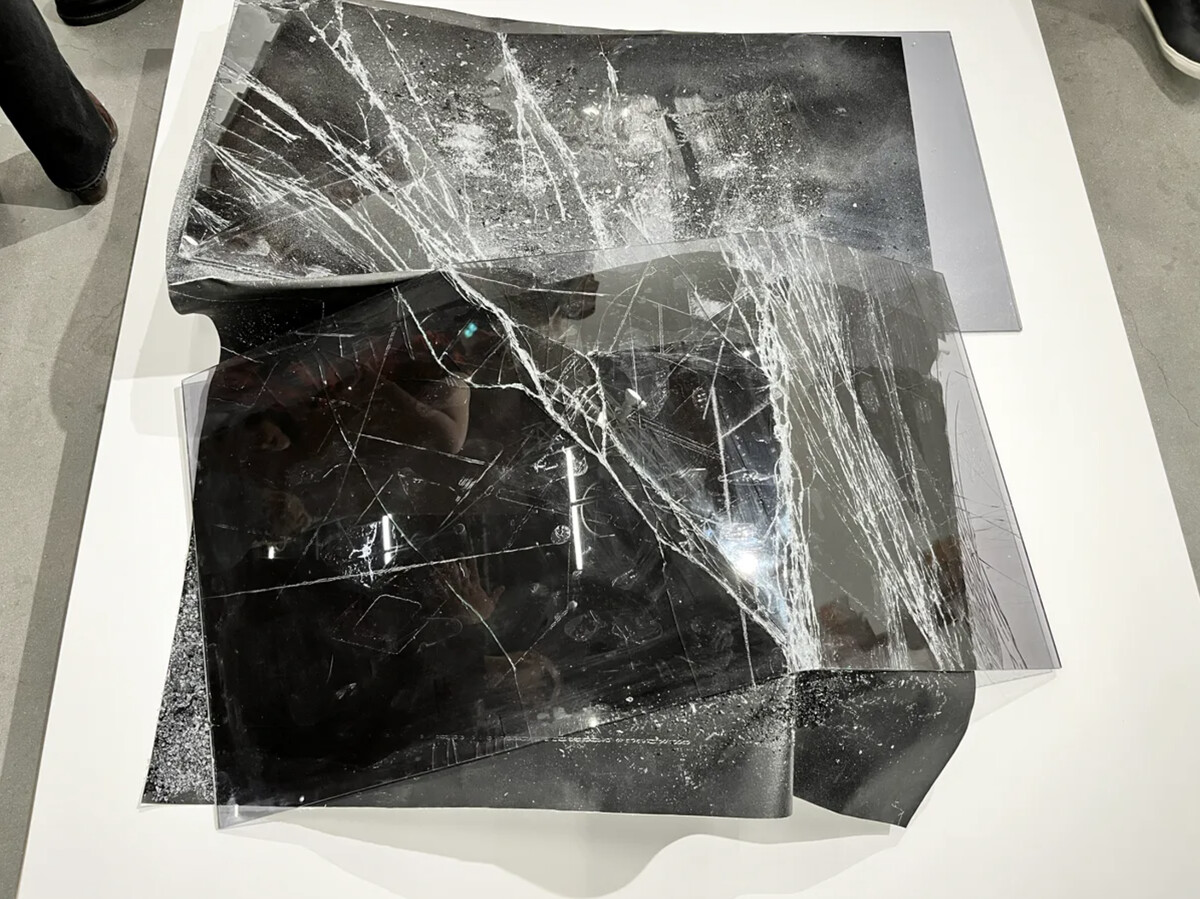
Photo : Maximilíano Durón/ARTnews
Most artworks at Frieze look built to last, but a floor installation by Charisse Pearlina Weston in this booth seems easy to break. It features a nearly all-black image that has been printed on canvas and fused with two broken sheets of smoked glass. The result of Weston’s labor has been laid atop lead sculptures, causing it to look particularly fragile. Weston, who is also showing in this year’s Whitney Biennial, has long worked with glass, typically in large-scale interventions, as a way to think about how architecture can be a constrictive force. Walls, windows, and the like are meant to remain fixed and unchanged, but Weston finds a means of making them seem impermanent and frail. With this piece, nothing is as sturdy as it may once have seemed.

